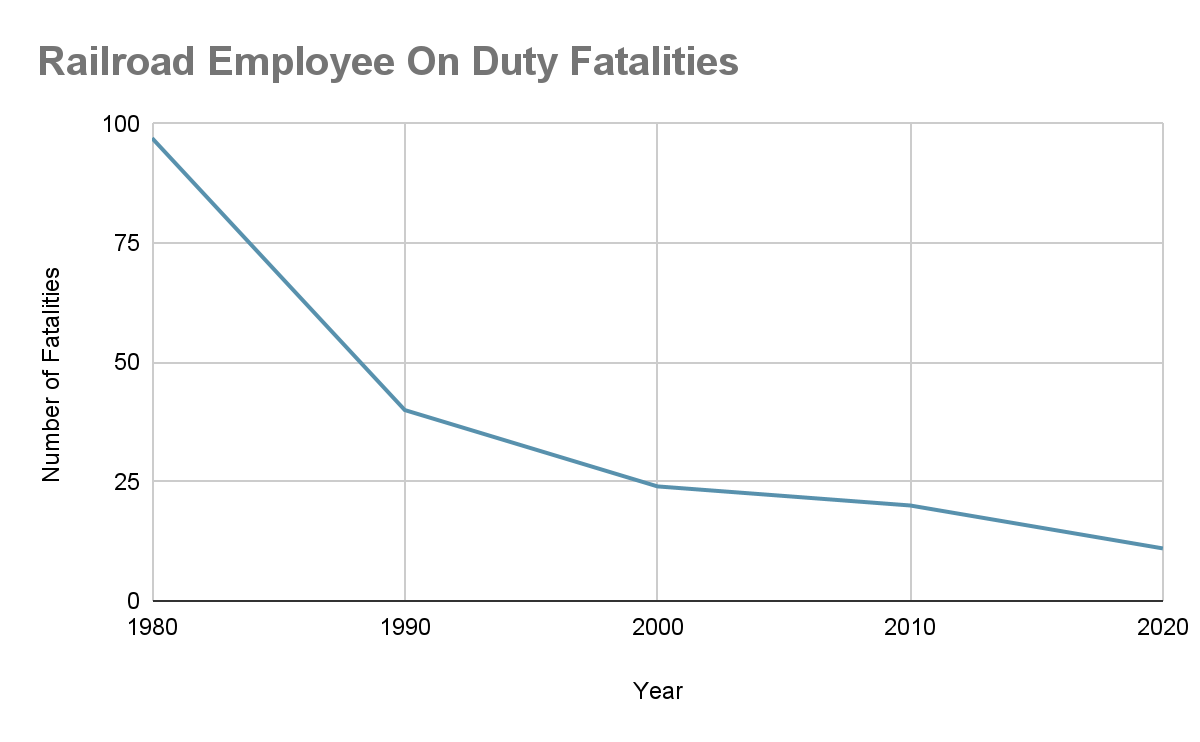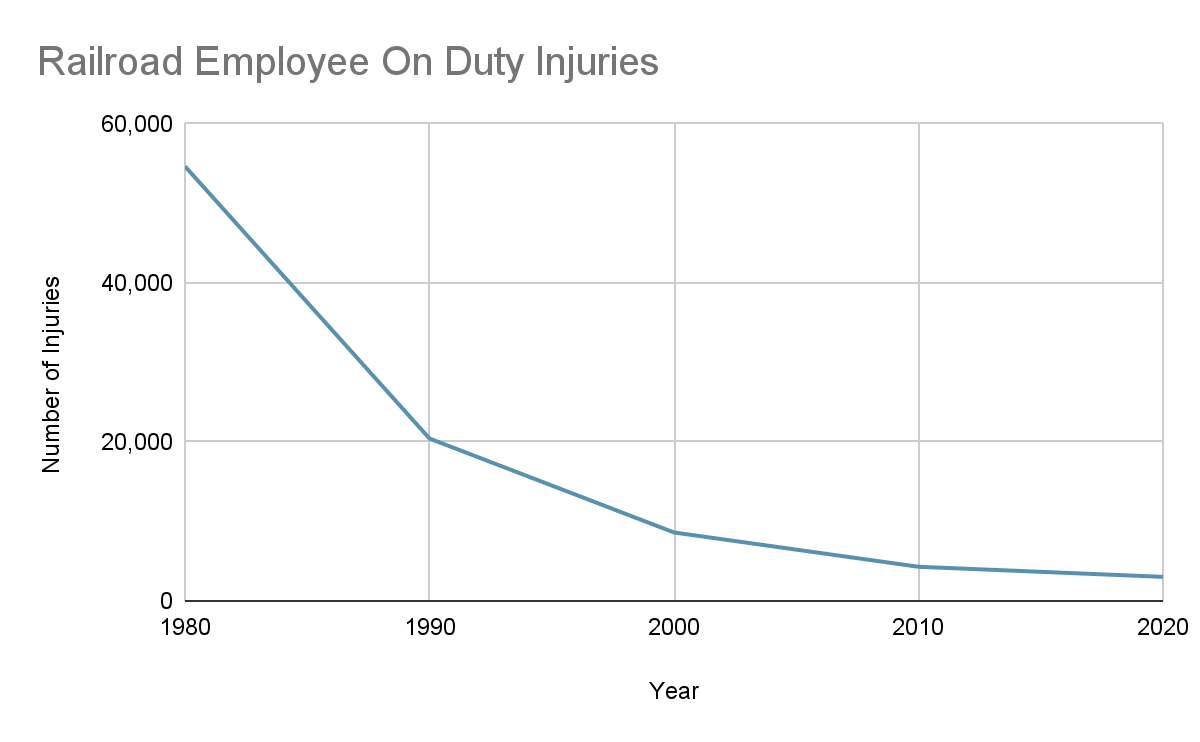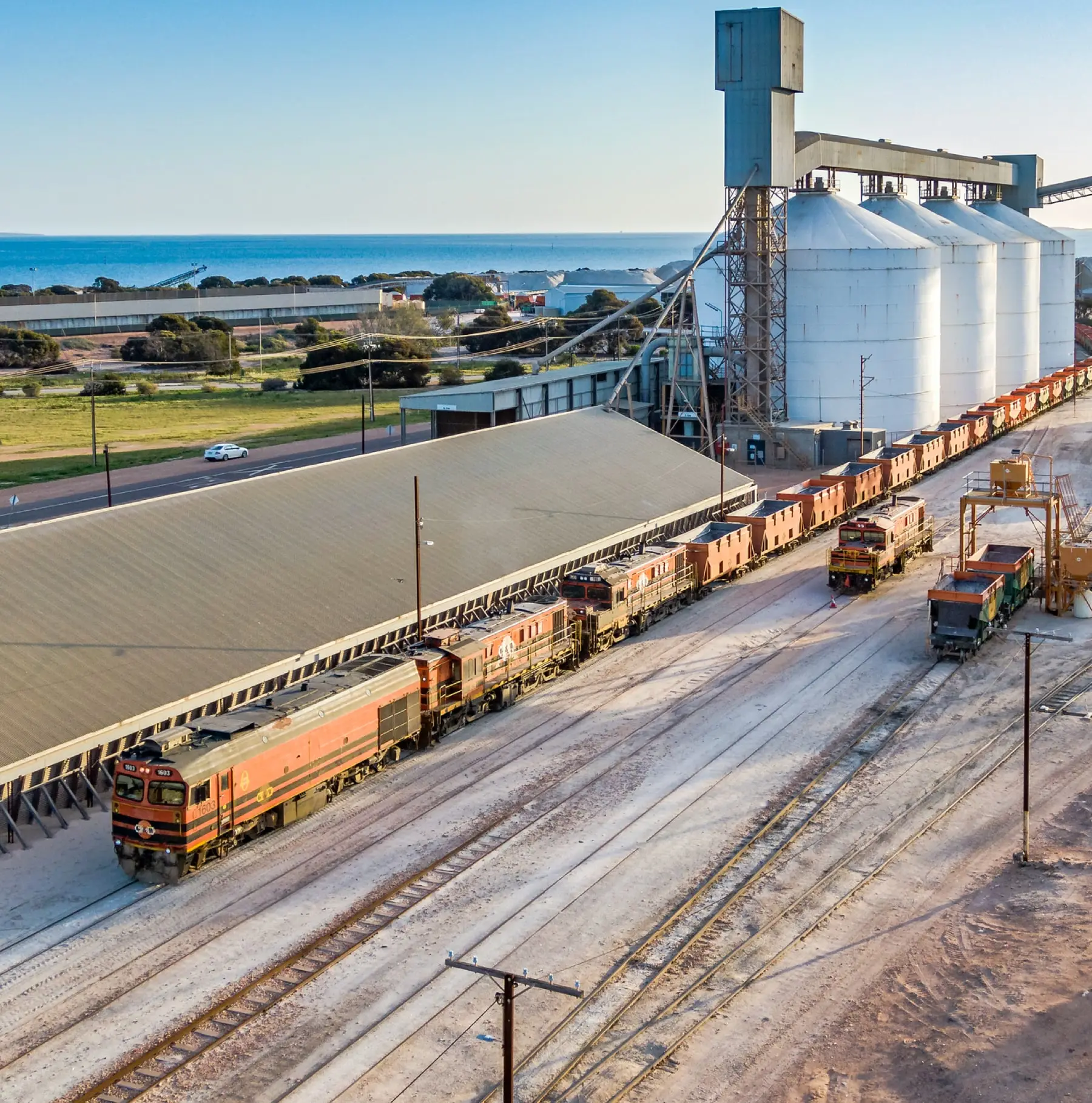Railroads are an invaluable part of the supply chain, moving things such as raw materials, electronics, chemicals, food, people…just about anything. Without them our economy would suffer greatly. Since railroads are such a key part of our lives it’s vital that they keep safety at the forefront.

Railroads, like many other industries, have made great improvements in safety over the years. Many of these improvements stem from complying with the Federal Railroad Administration’s rules and regulations. Part of these rules and regulations require railroads to conduct proper training, perform operational testing, certify certain positions, and maintain the associated records for random inspection.

Railroads of all sizes deal with these requirements. Although these regulations can require a lot of time and effort, they have greatly improved railroad safety.
Historically, railroad operators have had to maintain records on paper forms. This process worked, but was very cumbersome. Using paper records led to issues with retention, legibility, time management, and accuracy. In recent years, railroads have adopted technology to help achieve their goal of running a safer railroad. Using technology to improve these processes make the railroad easier to manage and safer, a win for everyone involved.
One such solution is Railroad Software’s TrackWorker program. This fully customizable solution provides railroads an easy to use, cost effective solution to managing these requirements. TrackWorker tracks training, operational testing, and certification records in a digital format. TrackWorker’s goal and calendar features provide reminders of upcoming or past due items and help keep the entire team on track. Testing offers can utilize these tools to help them plan their training and testing events. Digital records mean managers can stay up to date in real time to ensure they are meeting their railroads training and testing program requirements, avoiding fines for noncompliance. Administrators can also update their requirements and rule changes as their program evolves.
Data in this article was obtained from the Federal Railroad Administration’s Accident/Incident Dashboards & Data Downloads tool which can be found here.
Steve Yoder, Author
Steve has been working in the railroad industry since 2005 holding various positions such as conductor, engineer, train dispatcher, Director of Dispatching, railroad General Manager, and Vice President of Industrial Switching. His passion of improving railroad safety and operations by using technology had led to many improvements in safety and operations in during his career. Steve is currently Vice President of Business Development for Railroad Software, a railroad industry leading technology company.
